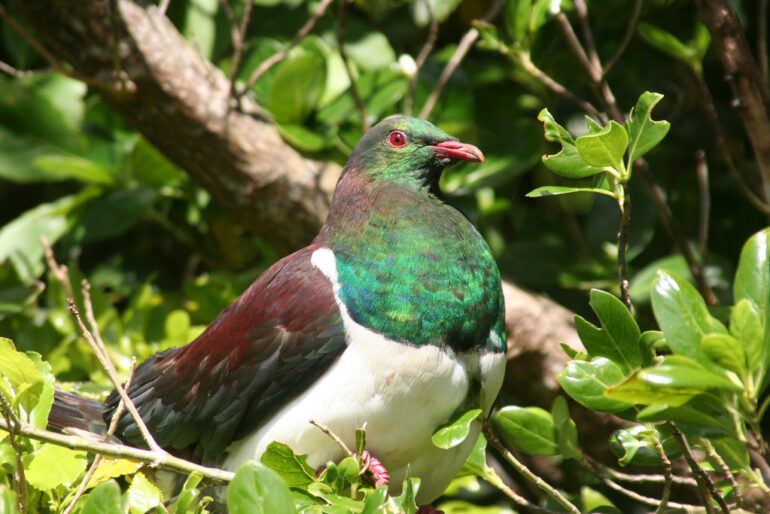TL;DR:
- The Cacophony Project in Christchurch introduces AI software for wildlife monitoring in New Zealand’s bush.
- The AI software efficiently analyzes video footage, saving time and resources compared to manual observation.
- The Department of Conservation (DOC) supports the project with $1.8 million in funding.
- The AI technology aims to enhance monitoring capabilities by integrating with existing trail cameras.
- Cacophony Project also develops a lighter and cost-effective thermal camera for broader accessibility.
- The ultimate goal is to democratize AI technology for volunteer and conservationist use.
Main AI News:
In a groundbreaking development, the cherished kākāpō, New Zealand’s most vulnerable taonga species, has been reintroduced to the mainland after four decades of absence. Now, a cutting-edge tool, powered by artificial intelligence, is set to play a crucial role in their fight for survival.
The not-for-profit Cacophony Project, based in Christchurch, has unveiled a revolutionary software that harnesses the potential of AI to analyze vast hours of video footage captured by strategically placed cameras in the lush bush. Project director Matthew Hellicar explains that the AI software effortlessly identifies critical information, sparing the need for laborious human surveillance. For instance, the software can promptly determine the presence of seven possums and three stoats in a specific area from the previous night, streamlining the data collection process.
This sophisticated AI system not only identifies the trigger events that prompt camera activation but also compiles all the collected data into an easily accessible report. Even in cases where the AI encounters difficulties in species identification, it promptly alerts the need for human verification. Moreover, the AI excels at filtering out false positives, such as movements caused by gusts of wind or falling leaves, allowing conservationists to focus on genuine threats to the taonga species.
The Department of Conservation (DOC) is highly optimistic about the potential of this cutting-edge technology, exemplified by the allocation of $1.8 million in funding across five projects. Clayson Howell, DOC’s landscape threat science manager, emphasizes that investing in such advanced tools will revolutionize conservation efforts, empowering them to achieve more with fewer resources. The ultimate goal of “Predator Free 2050” appears more attainable with the integration of AI-driven technology, which continuously enhances and optimizes the conservation process.
Presently, the AI software is seamlessly integrated with Cacophony Project’s thermal cameras, already deployed in the Christchurch bushland. However, the objective is to expand the software’s capability to analyze footage from all of DOC’s existing trail cameras. By centralizing the data on one platform, conservationists gain comprehensive insights into the bush’s wildlife, significantly streamlining monitoring efforts.
In addition to software development, Cacophony Project is also focused on enhancing hardware to achieve better efficiency in the field. A prototype thermal camera is already in the works, boasting reduced power consumption and longer battery life, ultimately decreasing costs and making the technology more accessible to various conservation groups.
The vision of the Cacophony Project is to democratize this transformative technology, making it available to volunteers and conservationists throughout New Zealand. By nurturing collaborative efforts and embracing technological advancements, the nation takes an enormous stride towards achieving its predator-free vision.
DOC’s commitment to funding various projects underscores its dedication to exploring innovative solutions, as demonstrated by the array of tools receiving support, from long-life lures to drone-assisted bait drop systems.
Conclusion:
The integration of AI technology into New Zealand’s conservation efforts marks a significant advancement in safeguarding the country’s taonga species. The Cacophony Project’s innovative software streamlines wildlife monitoring, saving valuable time and resources. As the DOC invests in cutting-edge tools, it showcases a commitment to embracing efficiency and effectiveness. This development opens up new opportunities for the market, with potential applications in other conservation projects worldwide. The successful implementation of AI-powered solutions may lead to increased demand for similar technologies, creating a burgeoning market for conservation-oriented AI systems and services.

